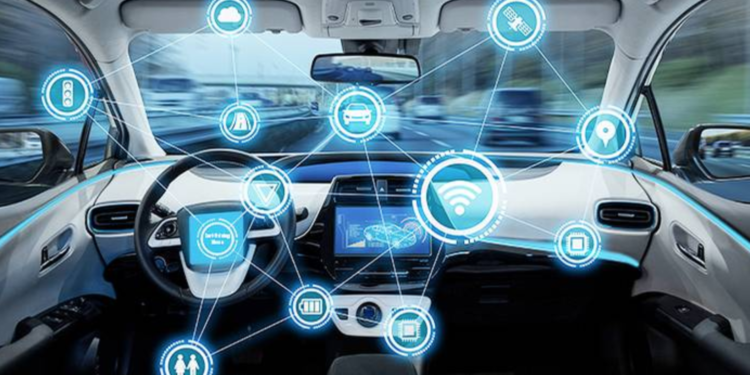California has one of the busiest highways and inner city roads in the world, with millions of trucks, private cars and public transportation passing through day in and day out.
Fortunately, technology can make driving easier and help prevent accidents. Here are 4 examples:
Interlock Devices and Drowsiness Sensors
Thousands of car accidents are caused by the driver falling asleep on the wheel or by drinking excessive amounts of alcohol. To try and prevent this from happening, attention detection devices and sensors are installed to see if the driver shows signs of inebriation or drowsiness.
The mechanism is such that seat belts, warnings and alerts come up when the sensors or tools detect alcohol. In some cases the vehicle into park and stays that way until the driver decides to stay in, get rest or some help.
Automatic Cruise Control
Long distance and urban driving has gotten easier with the advent of cruise control. This technology works by automatically adjusting your speed depending on distance to other cars and obstacles.
Fewer errors and sudden stops are made more constantly, which makes the experience smoother. A more advanced version of ACC allows the vehicle to gather mobile infrastructure, satellite and roadside data for better cruising adjustments.
Adaptive Headlights
Adaptive headlights can significantly reduce road accidents by turning itself on whenever the driver shifts the steering wheel left or right. By doing this the driver will be able to see (and stop) when they find another vehicle, animal or person in their path.
If you or a loved one has been in an unfortunate car crash, Pacific Attorney Group can help you win your personal injury case involving car accidents. You can get a free case evaluation today.
Vehicle to Vehicle Communication
Self-driving technology is a buzzword nowadays, and it requires sensors on two different cars to prevent a collision.
GPS coordinates, Bluetooth and similar devices and protocols may be used to establish real-time and constant connection not just with cars but with pedestrians and bicycles as well.









